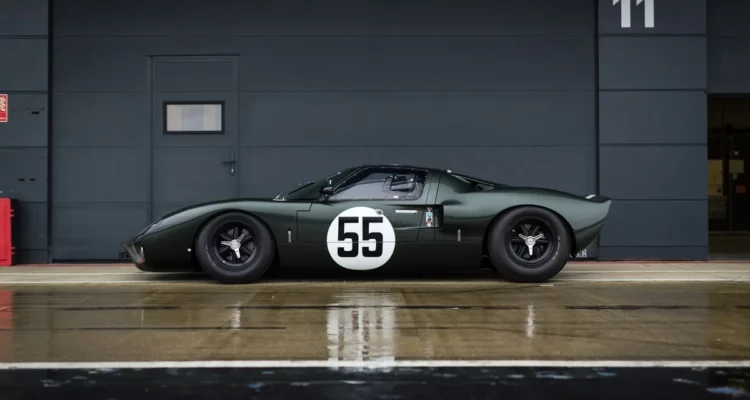Volvo 480 – Cult Classic, Not Best Seller
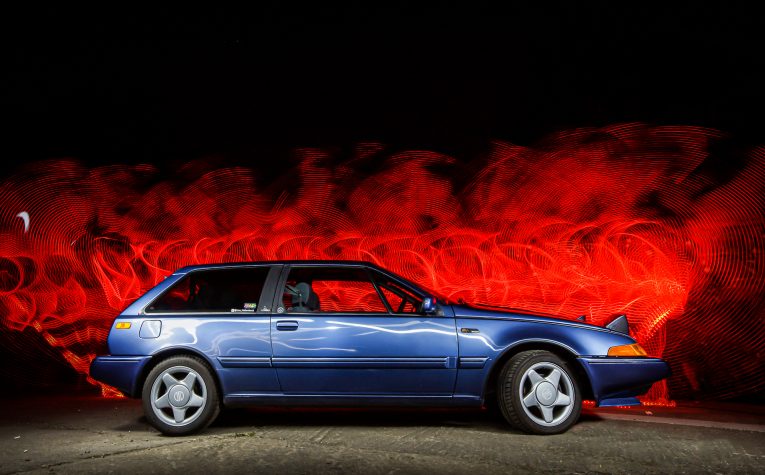
The image of Volvo today is one of bold design, exceptional luxury and incredible levels of safety. Modern day Volvos are also, dare we say it, cool. The brand has successfully managed to shake the staid image of being boxy and bland. However, back in the 1980s, this image was still very present. As yes, we look at the cars now and deem them as classics, but back then they were anything but. They were the beige trouser of the motoring world. Comfortable, durable but in no way flashy or exciting. Cars like the 200 series and the 300 series were all angular, uninspiring, frumpy vehicles. Volvo did its best to make them exciting, most notably by jumping them into quarries or out of windows as part of the safety-focused commercials, but even so, it wasn’t enough. The days of the bold, captivating lines of the P1800 were long gone, while the days of the 850 shaking up the BTCC, or the T5 being a new benchmark in performance were still to come.
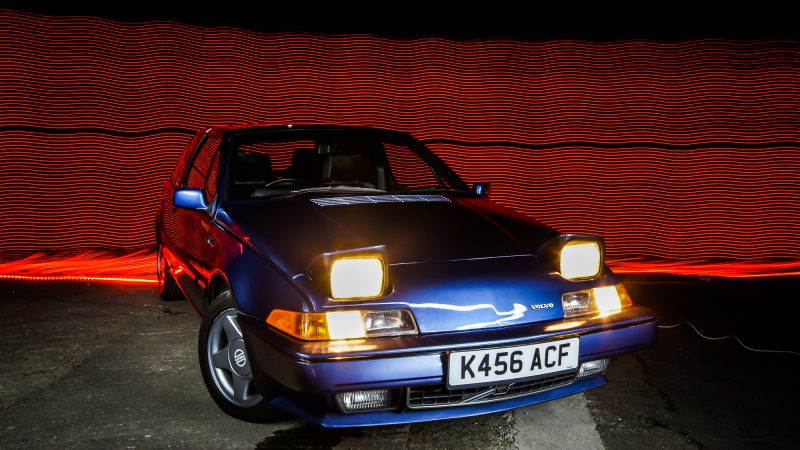
And this is why the Volvo 480 was, for the most part, completely lost on the buying public. It came at a weird and unexpected time in Volvo’s life. If Volvo released something like it today (and arguably, it has in the guise of the C30) we would take it on board and we would no doubt buy it. In 1986 though, we were not ready for a front-wheel drive, four seat, angular, sporty, pop-up-headlight Volvo. Nobody was. When it was unveiled at the 1986 Geneva Motor Show the motoring world was stunned. How, it pondered, could the tame and subdued Volvo build such a brave, exciting machine?
The development of the 480 was carried out at the DAF facility, which Volvo had bought in the 1970s. Here, the project was handled by Volvo Cars BV (Netherlands) rather than Volvo itself in Sweden. In fact, it was more than a passing on of the project. It was actually a transaction; Volvo Cars BV bought the project. Weird, but that’s how they did it.
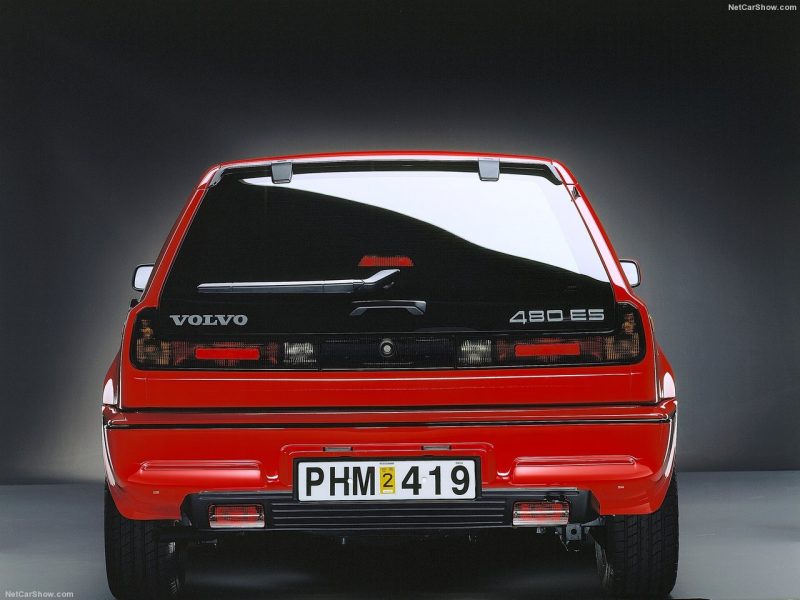
And it wasn’t an easy project. Over eighty designs were produced for what was, at this stage, known simply as the ‘G13’. From those eighty, only four were made into physical models/prototypes. Dan Werbin who was heading up the project had a brief to make a car that was sporty, practical but also frugal. So designing it in the traditional box style was out. It had to be built with the American market in mind. And it had to have a wheelbase of 2,400mm. It also had to be front-wheel drive – a first for Volvo, which was still keenly extolling the virtues of rear-wheel drive care of its core products.
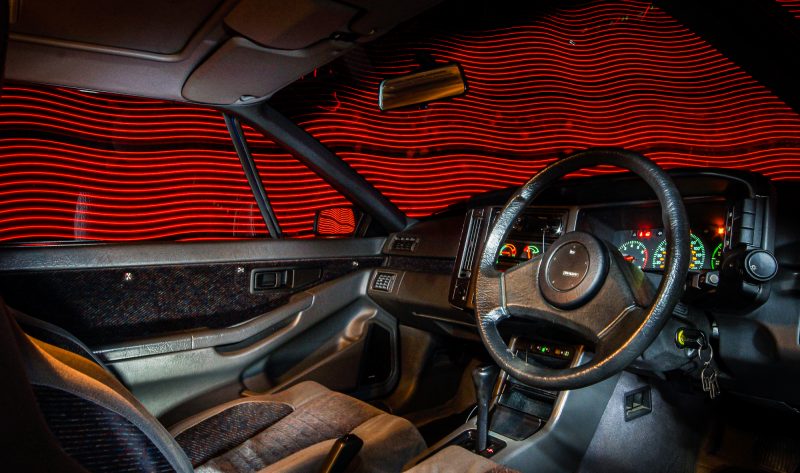
The design selection was a messy affair. To get to the four mentioned above, designers like Bertone and Coggiola were brought in, the latter being dropped later on. In the end, after much discussion and many late nights, the designs of Jan Wilsgaard, Rolf Malmgren and Bertone were built into prototype form. As was a design by John de Vries, who had limited form in comparison to the other contenders.
In the end, it was de Vries’ design that won through, though not without some push-back from Volvo execs. They didn’t feel the car was a true Volvo, instead being of the opinion it was too wild a departure from the norm. Rob Koch, Volvo Cars BV lead, had to do some convincing and did in the end win Volvo around. The argument was that the car was sporty, it was practical and its rounded, contemporary design was what Volvo needed.
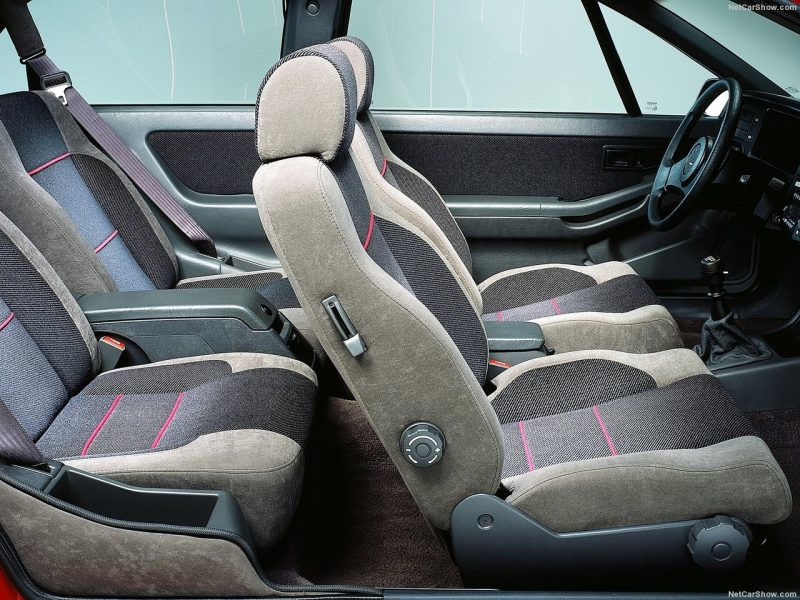
The final car was a remarkable thing. It featured pop-up lights, it featured 5mph crash impact protection as per other volvos, the rear hatch was a one-piece glass unit as per the P1800 of old, it was long and low, inside it was dripping with tech and it was designed to seat four, not five. As such, the rear was based around two individual ‘bucket’ seats with an imposing centre console/divider. In fact, the interior, penned by Peter Horbury, was a work of art. It still is today.
The 480 was not a car that Volvo was going to position against other hatchbacks. It was more than that. This sharp, forward-thinking car was to be targeted at the ‘new money’ of the ‘80s. Those who would buy a car based on style and exclusivity. Volvo wasn’t looking for the next Golf. It was looking instead to make a name for itself in the sporty coupe segment.
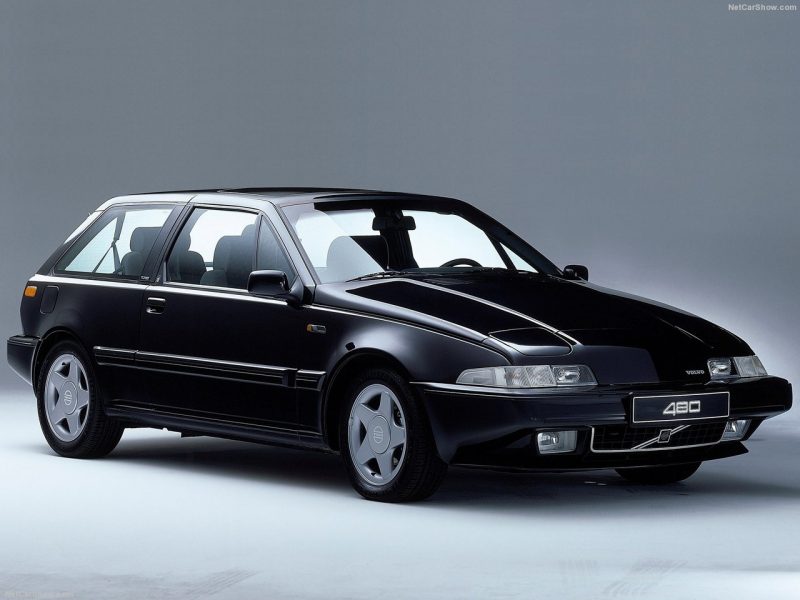
Power came from a 1.7 four-cylinder unit supplied by Renault. It was a decent enough engine, though it was hampered by questionable electronics and management. However, it did the job and when fitted with a turbo to produce 120bhp, it gave the 480 the grunt to match the looks. Though even in naturally aspirated guise, the 480 was still a triumph. It was and still is outlandishly comfortable, yet not through being overly soft. The chassis and suspension, which were both developed with Lotus, gave the 480 comfortable but also sharp and focused handling. It was a car that was as good to drive as it was to look at.
We adore the 480. The blue car pictured belongs to Rich Scott, who you may remember from the 240 trip to Gothenburg. He’s a serious Volvo fan. But anyway, the car pictured is a late (they were built to 1995) 480 Turbo, and is a glowing example of how bonkers they were. Carpet on the dash, seven forward-facing vents, a dial-operated trip computer, individual sidelights, fog lights, main beam, dipped beam and daytime running lights. A partial digital dash, those individual rear seats, the glass hatch, the intricate door locks nestled into the bottom corner of the doors – there is so much to drink in. It’s a masterpiece.
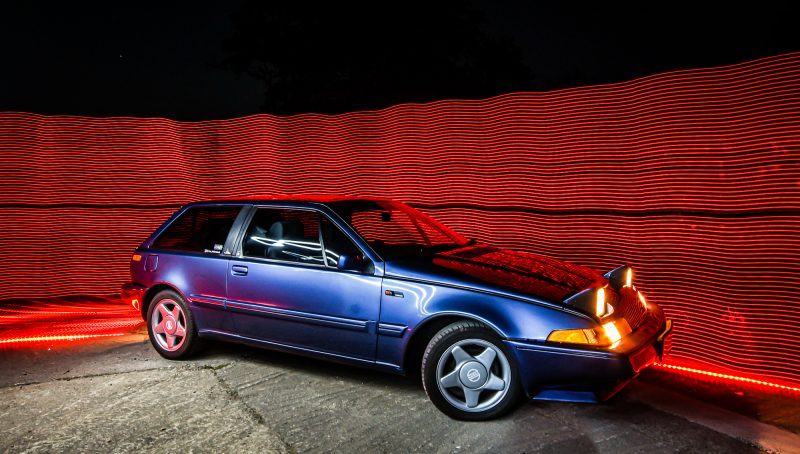
Sadly though, the buying public weren’t in agreement. The Volvo 480 did well, selling some 76,000 units over its ten year life. However, it wasn’t enough, even for Volvo’s more focused targeting of ‘new money’. As such, the 480 quietly shuffled out of dealerships in ‘95 without a replacement. The years after weren’t kind either, with the 480 never really finding a fanbase. As such, prices tanked and many 480s went the way of the scrap yard. A terrible, terrible shame.
Now though, as the blue car above goes to show, the 480 is finding a following. The classic car world is starting to appreciate the 480, and rightly so. It’s a handsome, fun car that marked a time in Volvo’s history filled with bold thinking and brave ideas. The 480 was a car that taught Volvo things, it was a car that pushed the boxy envelope and gave Volvo the confidence to push out into more exciting and daring things later on. But more than that, the 480 is now a cult classic, a car that will bring you joy, that will turn heads and that will go on to earn more and more admiration as the years go by.

